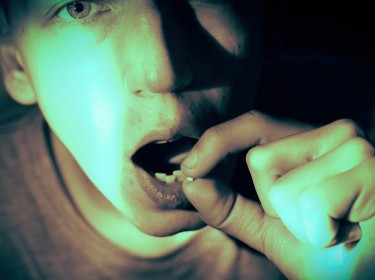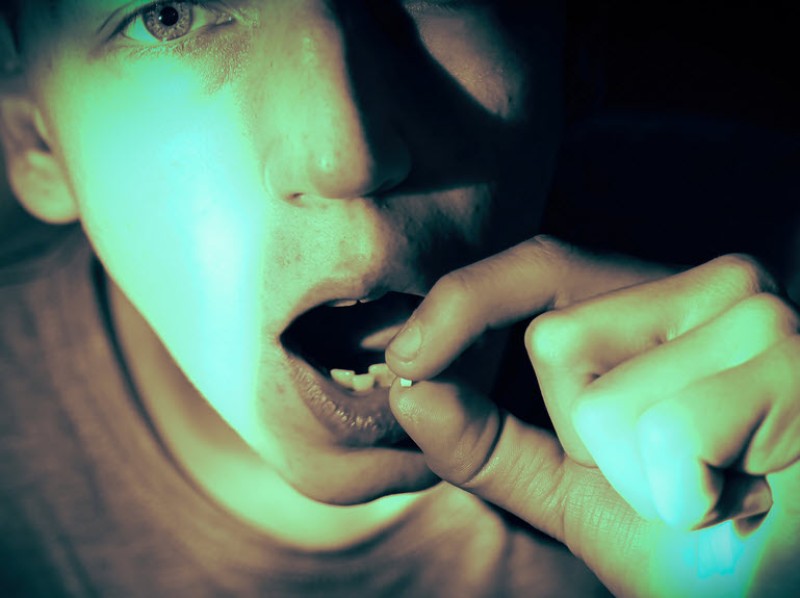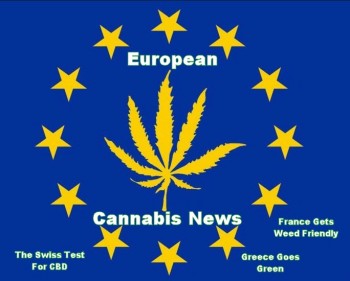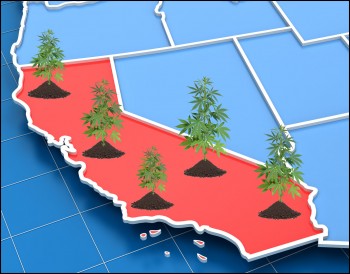
Interesting bit of advice from Maya4Life on which drugs parents should worry about the most as kids go back to school? Preeti and Curt do a good job talking about tweens and teen drugs, but what about your college age kids going off on their own for the first time?
What are the party or club drugs at college right now?
MDMA, Molly, Ecstacy?
MDMA is a drug that affects the mind, often known by its street names "Ecstasy" and "Molly." These names refer to the same substance but in different forms. Ecstasy is usually found in pill form and might include other substances, while Molly is thought to be a purer version of MDMA and is often sold as a powder.
Molly and Ecstasy are both popular party drugs, but they are not the same thing. Although they both contain MDMA and can make users feel energetic and euphoric, their forms and compositions differ. Let's explore what sets them apart.
Ecstasy: The Popular Pill
Ecstasy, known chemically as MDMA, often comes in pill form and is sometimes mixed with other drugs or substances.
-
Form: Ecstasy is usually sold as colorful pills with various logos or designs.
-
Effects: It creates feelings of happiness, warmth, and emotional closeness, as well as heightened sensory experiences.
-
Street Names: Common street names for Ecstasy include "E," "X," "XTC," and "Adam."
Molly: The Purported Pure Form
Molly is also MDMA but is often sold as a "purer" version without the added substances typically found in Ecstasy.
-
Form: Molly usually appears as a powder or crystalline substance.
-
Effects: Like Ecstasy, Molly induces strong feelings of joy, empathy, and enhanced sensory perception.
-
Street Names: Molly goes by names like "MDMA," "M," "Mandy," and "Crystal."
While both Molly and Ecstasy may have similar effects, they differ in how they are sold and what they contain. It's important to prioritize your well-being and make informed decisions, and remember that seeking help for drug addiction is a positive step toward a healthier life.
What is Ecstasy?
Ecstasy, often called "E" or "X," is a synthetic drug that became popular in the party scene for its euphoric effects. Its chemical name is MDMA (3,4-methylenedioxymethamphetamine). Initially developed for therapeutic purposes in the early 20th century, its recreational use surged later on, particularly in the late 20th century.
As Ecstasy gained popularity, concerns about its safety and legality grew. Although it initially seemed appealing, the drug's effects were more harmful than many realized. Common risks include dehydration, overheating, and issues related to serotonin, a chemical in the brain that affects mood.
The danger of Ecstasy also lies in its unpredictable ingredients. Pills can be mixed with other harmful substances, increasing the risk of overdose. Over time, emergency room visits related to MDMA have risen, highlighting the severe consequences of using this drug. The temporary happiness Ecstasy provides can lead to long-term physical and mental health problems.
What is Molly?
Molly is another name for MDMA, the same chemical found in Ecstasy, but it is often marketed as a "purer" form. Like Ecstasy, Molly gained popularity as a party drug due to its effects on emotions and sensory experiences.
Molly was once seen as a safer option, but this perception is often misleading. The drug is not always as pure as claimed, and it can contain dangerous additives. Molly can cause dehydration, overheating, and long-term emotional and mental health issues, just like Ecstasy.
The number of emergency room visits due to Molly use has increased over the years, showing how dangerous this drug can be. Although Molly might seem like a fun way to enhance a party experience, its long-term effects can be severe.
How Ecstasy and Molly Are Used
Molly and Ecstasy, both forms of MDMA, are usually taken orally and can come in different forms, such as pills, capsules, or powder. The act of using these drugs is often referred to as "rolling."
Using Molly
Molly is most commonly found as a crystalline powder. People might take it in its pure form or put it into capsules. Some may even crush the powder and snort it, though this method is less common due to its potential for causing adverse effects. Many users prefer Molly because they believe it is "cleaner" than Ecstasy, seeking intense euphoria and enhanced sensory experiences.
Using Ecstasy
Ecstasy typically comes as colorful pills with various logos or designs. People usually take it by swallowing the pill, sometimes breaking it in half to start with a smaller dose. The different appearances of Ecstasy pills can make them more appealing, as certain designs are linked to specific effects.
Immediate Effects of Molly and Ecstasy
Molly and Ecstasy, both forms of MDMA, cause a range of short-term effects. It's important to understand these effects to make informed choices about drug use.
-
Euphoria: These drugs often create intense feelings of happiness and emotional warmth. Users may feel more connected to others.
-
Heightened Sensory Perception: Under the influence of these drugs, colors, lights, and sounds may seem more intense and beautiful.
-
Increased Energy: MDMA boosts energy levels, which is why users might dance for hours without feeling tired.
-
Empathy and Openness: MDMA makes people feel more empathetic and open, making it easier to share personal feelings.
-
Teeth Grinding and Jaw Clenching: Users often experience jaw clenching and teeth grinding, which can cause discomfort.
-
Altered Perception of Time: Time may seem to pass differently, with hours feeling like minutes.
-
Reduced Appetite and Nausea: Some people may feel nauseous or lose their appetite while under the influence of MDMA.
-
Dehydration: The physical activity and increased body temperature caused by these drugs can lead to dehydration and overheating. It's important to stay hydrated.
While these effects may seem appealing, they come with risks. It's important to consider the potential harm and prioritize safety.
Identifying Signs of MDMA Addiction
If someone is struggling with MDMA addiction, early intervention is crucial. Here are some signs that may indicate a problem:
-
Cravings: Strong, persistent urges to use MDMA.
-
Increased Tolerance: Needing to take more of the drug to feel the same effects.
-
Withdrawal Symptoms: Feeling uncomfortable, moody, or physically unwell when not using the drug.
-
Failed Attempts to Cut Down: Trying to reduce or control MDMA use but being unable to.
-
Isolation: Withdrawing from social interactions, including family and friends.
-
Risky Behavior: Engaging in unsafe activities while under the influence of MDMA.
-
Continued Use Despite Consequences: Using MDMA even though it negatively impacts health, relationships, or legal standing.
-
Neglecting Health: Ignoring physical and mental health needs because of drug use.






